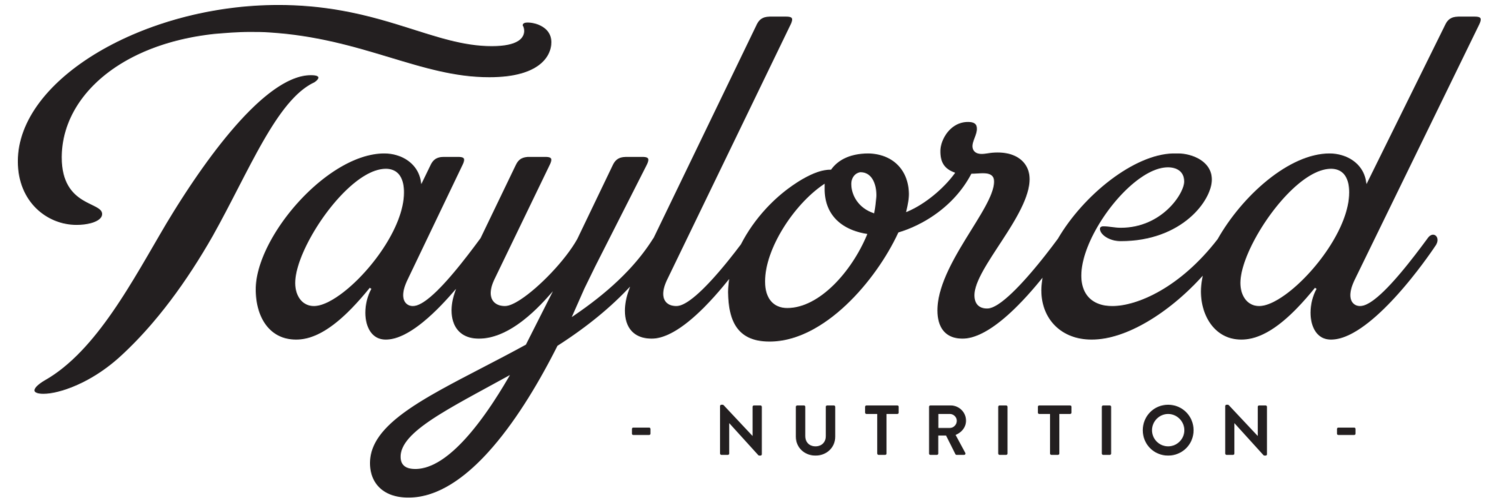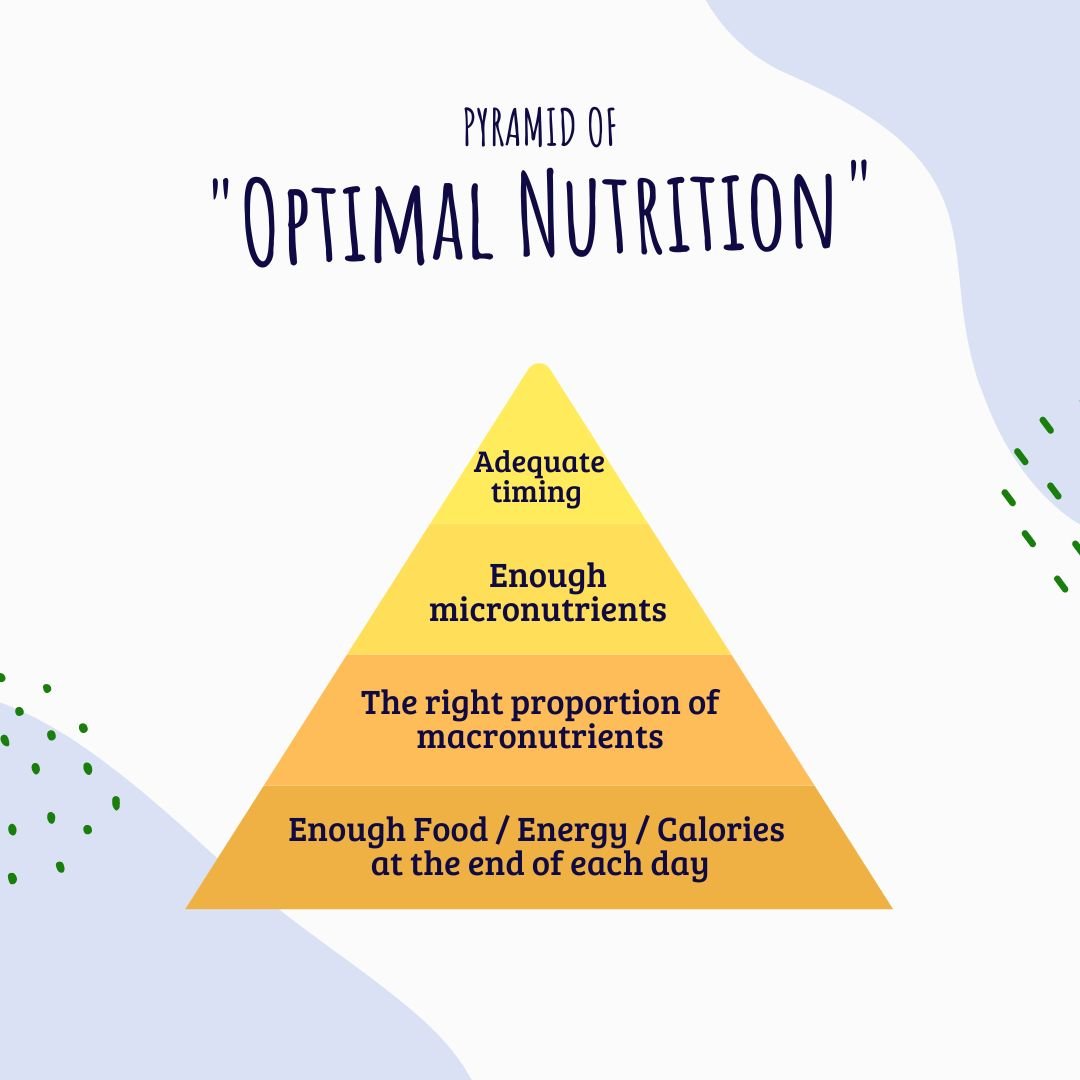Is Your Athlete Underfueling?
Many of my posts have an underlying theme of underfueling but I realized I have not created a post specifically devoted to this topic. So, that’s what I’m going to take a few minutes to talk about today.
If you have been following along with me on Instagram lately, or in my Newsletters, then you have seen me talk about this topic. It has been the most asked for topic that coaches and athletic trainers have asked me to come speak on in this last year. And it is one of the top two reasons athletes have come to see me in clinic since the beginning of 2023 (with probably the other one being helping them navigate nutrition in their recovery, like from an ACL tear and repair).
Going into the field of sports nutrition and then, more specifically, pediatrics I didn’t think this is what I would spend the majority of time talking about. Although, it should not surprise me because for a time in my childhood I was absolutely another underfueled young athlete - even when I improved my fueling significantly, I was still underfueling. And I didn’t realize that part until I got into this field as an adult, started working with young athletes, and studying the field. So, I know how easy it is to say, “no, my fueling is good. It’s so much better than a year ago. There must be another reason for (xyz). Or, I’m doing well so my fueling must be optimal now”.
If the young athlete is experiencing any of the signs or symptoms I’m about to mention, then they and their support team really need to take a closer look into their fueling. Improved food and energy intake can have a huge impact on performance, helping the athlete achieve the muscle gains they have been working on, it can improve endurance and speed, it can improve mental focus and, a big point, it can keep your athlete in the game and away from nutrition-related injuries that can have them out of their sport for months. From a health perspective, being well-fueled can improve the athlete’s mood, help keep anxiety down, promote heart health, metabolic health, and bone health.
Maybe you are the athlete or have the athlete who has experienced some of the signs and symptoms below but they are still performing and practicing well. My thoughts to that are...
“Ok, great. So you’re performing well off of minimal fuel. But, for how long? And, if you can perform well off not enough, JUST IMAGINE what you could do, how you could perform, the levels you could get to if you were fueling WELL. If you were fuleing your BEST. If you are talented and driven and scrappy enough to perform well off of too little fuel or the bare minimum, just think about what your body could do if it had all that it needed!! Imagine what it could do if it didn’t have to power down or compromise different systems so you could practice and perform?
I’m so passionate about this, clearly. And I get SO EXCITED when I see athlete’s performance improve with improved fueling. It could be small changes it could be big changes, but it makes a difference and I love to see this “click” in the young athletes I work with.
This is not just me talking about fueling and how important it is. This concept of underfueling has actually been studied and continues to be studied in great detail. From it has developed a term call Low Energy Availability, meaning the athlete does not have enough energy available at the end of the day each day to perform all of the functions demanded of it (think - exercise, studying, growth, development, breathing, eating, heartbeat, hormone cycles, etc.). Another way I like to explain this is that “if you have been underfuling consistently for a long period of time, you are likely in a state of Low Energy Availability (LEA)”. It can be intentional or it can be unintentional, but either way it means that some function of the body is very likely getting powered down or compromised (think loss of menstrual cycle in females, sluggish performance, fatigue, lowered heart rate, etc.) and can lead to decreased performance and injury.
Further research shows us that Low Energy Availability is often the root cause of a few other medical conditions now recognized in athletes.
These medical conditions stemming from LEA are:
Relative Energy Deficiency in Sport (RED-S)
Female Athlete Triad
Male Athlete Triad
I’m not going to go into detail about these today, but will instead devote a separate blog post to each topic. They all can lead to decreased performance, health problems or injury, none of which we want in our young athletes! In future posts I also want to talk more about potential reasons for underfueling - intentional vs unintentional. The reason the athlete is underfueling can have a big impact on how we help them get fueled and the projected timeline of return to optimal fueling (or return to sport).
So, I’ll leave you today with a handful of the signs and symptoms of underfueling. Is your athlete experiencing any of these? If so, it’s likely time to start looking into their fueling habits and create a plan. And, definitely stick around for future posts where I go a little deeper and provide insight into these medical conditions caused by underfuleing.
Signs and Symptoms of Underfueling:
Dizziness
Fatigue
Weight Loss
Hair Loss
Growth Disturbances (athlete stops gaining in height)
Unable to build muscle
Lost period or not starting period by age of 16
Heightened anxiety and/or moodiness
Low iron levels / iron deficiency
Low heart rate (but must distinguish between underfuling and lower heart rate that elite athletes tend to have)
Much love and a well-fueled young athlete,
Taylor
Oh, and if you’re looking for a little more direction and a place to start taking action, you are welcome to download my free Getting Started to a Well-Fueled Young Athlete!



























